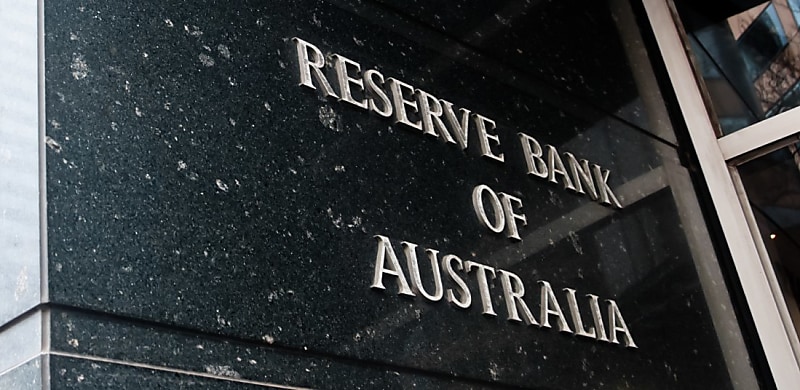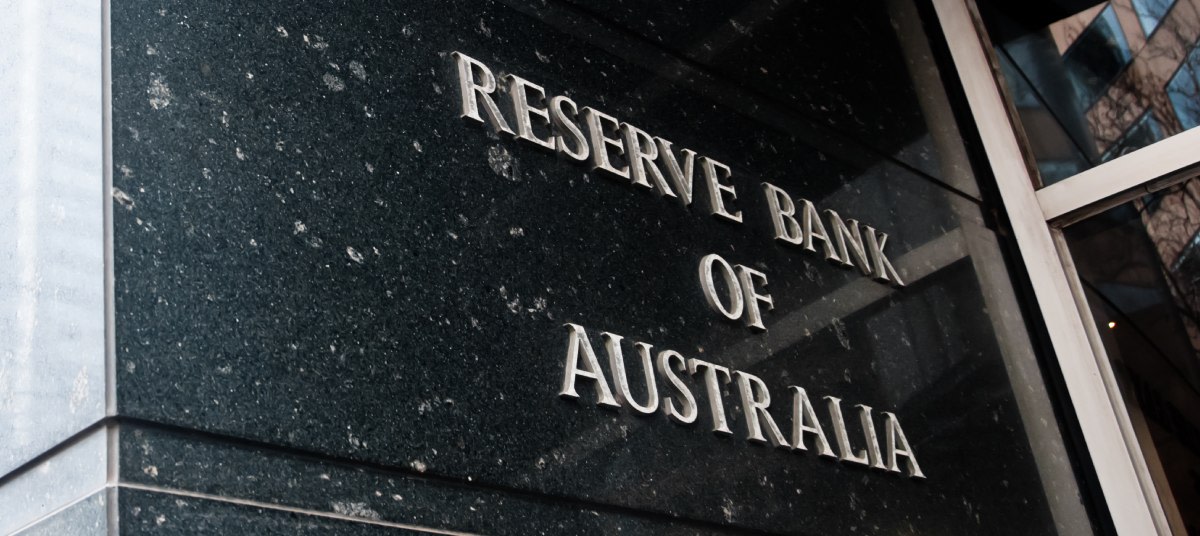
Housing demand and supply issues will still take some time to dissipate, the RBA’s assistant governor has said.
During the Real Estate Institute of Australia’s (REIA) Centennial Congress in Hobart on 16 May, Reserve Bank of Australia (RBA) assistant governor and chief economist Sarah Hunter spoke on the current imbalance between new supply of housing and growth in demand.
Hunter said that the RBA is closely monitoring how these imbalances are unwinding given the implications for rents, construction costs, and activity.
“Our assessment is that there are several potential avenues through which these imbalances may be resolved,” Hunter said.
“We have already seen rents and prices rise, average household size could increase (which would reduce demand, for a given population size) and the pace of growth in construction costs could moderate.
“These responses will work towards rebalancing the market and resolve the current squeeze.”
However, while the RBA has acknowledged reports from liaison programs that developers expect supply to respond to demand and government initiatives to streamline approvals and building processes, Hunter said that Australia’s housing demand and supply problem “will not be a quick fix”.
“Demand pressure, and so upward pressure on rents and prices, will remain until new supply comes online,” she said.
“We expect this response to take some time to materialise, given the current level of new dwelling approvals and the information from liaison that many projects are still not viable.
“In the meantime, we expect residential construction activity to remain relatively subdued.”
Hunter said that fundamentally, the underlying demand for housing is determined by the size of Australia’s population and the number of people who live in each dwelling on average.
She said that despite the average number of people living in each household has trended lower recently, from 2.8 in the mid-1980s to 2.5 today, should the average number rise back to 2.8, Australia would need “1.2 million fewer dwellings to house our current population”.
“Understanding the changes in average household size is therefore important for understanding demand for housing,” Hunter said.
“At the RBA, we assess that part of the long-run decline in average household size can be explained by demographic factors.”
Furthermore, the assistant governor said that the level of interest rates is a component of costs involved with building a new dwelling and that the RBA is monitoring the impact of interest rate changes on new housing construction.
“Many dwelling construction projects are funded by debt, and so higher interest costs will dampen the flow of new housing supply,” Hunter said.
“... [T]here is some correlation between dwelling approvals and the mortgage interest rate, but it’s not perfect.
“So, while we are very aware of the impact cash rate changes have on the decision to proceed with a building project, there are a number of factors that determine whether or not a developer or individual goes ahead.”
She said that it is the RBA’s assessment that the effects of changing interest rates are “cyclical rather than structural”.
Rising interest rates tend to result in a fall in dwelling approvals, which then flows into commencements and completions, she said.
However, this “typically reverses” when the cash rate cuts begin to occur.
“Over the long run, it is the fundamentals of demand and the structural build cost that ultimately dictate supply – monetary policy does not have an impact on either of these underlying drivers,” Hunter said.
[RELATED: Rate hike considered by not yet appropriate: RBA board]

